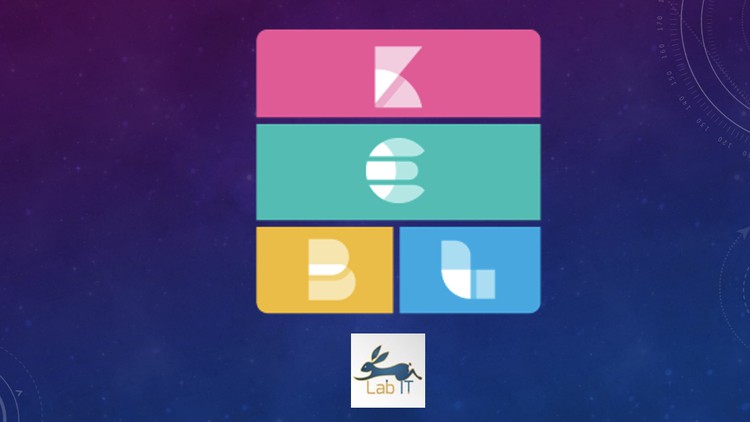
A Beginners guide to elastic stack
What you will learn
elasticsearch
elastic stack
data transformation
data pipelines
logstash
kibana
cyber security
Description
Hi
Welcome to my course ELASTICSEARCH 101, a beginners guide to elastic stack , this is a hands on course with focus on deployment and management of elastics stack.
This course adopts a hands on approach towards learning and is focused towards
- DevOps professionals who will be responsible to deploy and manage elasticsearch clusters
- IT Support engineers that will be responsible for supporting elastic stack deployments
- and it might benefit software developers if they need an understanding of how Elasticsearch clusters are deployed and managed
In this course , we will start with some basics such as what are the different types of data that you will encounter in an enterprise environment and then we will look at the difference between relational and non-relational databases before moving on to have an understanding of JSON and Rest APIs.
After you have the pre-requisite knowledge which is essential if you want to work on elastic search we will look at elastic search and elastic stack from a birds eye view and then it is time to get your hands dirty, first we will setup our lab environment and then we will look at how you can provision an elastic search cluster in different ways , we will follow this up by adding some data into our cluster through kibana integrations and have a general feel of kibana. Next , we will look at Logstash an essential component of elastic stack if you want to transform your data and ingest some csv data by using Logstash pipelines.
In the final section we will look at what’s changed in elasticsearch version 8 and then deploy v8 cluster on a single node.
Finally , we will install elastic agent which is a single agent needed to ship any type of logs from your applications servers to Elasticsearch.
Content